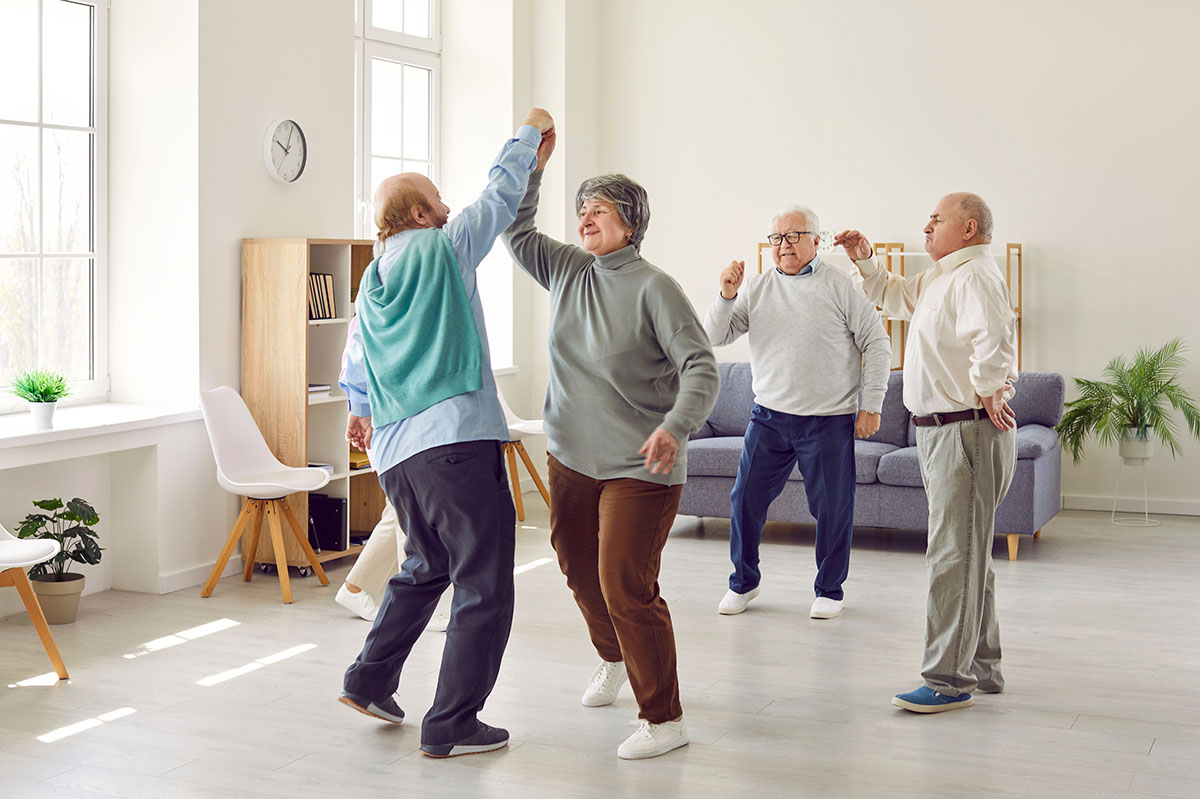
When evaluating nursing home quality, it’s crucial to start with a solid understanding of the basics of nursing home care. This includes an in-depth look at the types of services provided, which can range from basic assistance with daily activities to more complex medical care. Prospective residents and their families should inquire about the specific services offered to ensure they align with the resident’s needs.
Staffing ratios and qualifications are another fundamental aspect to consider. Adequate staffing levels are essential for providing quality care, and the qualifications of the staff reflect the standard of care residents can expect. It’s important to ask about the staff-to-resident ratio and the training and certification requirements for the nursing home’s caregivers.
Lastly, accreditation and licensing standards are key indicators of a nursing home’s commitment to quality. These standards are set by regulatory bodies and ensure that nursing homes meet certain levels of safety and care. Prospective residents should verify that the nursing home is properly accredited and licensed, and consider the results of any recent inspections or audits.
Observing the Physical Environment
When visiting a nursing home, the physical environment is a crucial aspect to evaluate as it can significantly impact the residents’ quality of life. Pay close attention to the overall cleanliness and maintenance of the facility. This includes not only the absence of dirt and odors but also the state of the furnishings and equipment. Well-kept surroundings suggest a dedication to hygiene and comfort.
Cleanliness and Maintenance
- Look for clean floors, walls, and ceilings free of stains or damage
- Check for well-maintained furniture and fixtures
- Observe whether the bathrooms are sanitary and stocked with supplies
Safety Measures and Accessibility
- Ensure there are handrails and grab bars in necessary areas
- Verify that emergency exits are clearly marked and unobstructed
- Confirm that the facility is equipped with smoke detectors and sprinkler systems
Resident Rooms and Common Areas
- Visit several resident rooms to assess personal space and privacy
- Take note of the lighting, temperature control, and overall comfort level
- Observe the common areas for cleanliness, space, and availability of activities
The physical environment of a nursing home is a tangible reflection of the care and attention given to residents. It is essential to consider these aspects when making a decision about long-term care for yourself or a loved one.
Assessing Resident Well-Being
When visiting a nursing home, it’s crucial to observe the residents’ overall well-being. This encompasses not only their physical health but also their emotional and social satisfaction. Here are key aspects to consider:
Personal Care and Hygiene
- Look for signs of regular grooming: well-kept hair, clean clothes, and proper nail care.
- Observe the assistance provided: staff should help those who struggle with personal care tasks.
- Check for odors or unclean conditions: these can indicate neglect in personal hygiene.
Nutrition and Meal Services
- Examine the meal options: they should be nutritious, varied, and cater to dietary restrictions.
- Notice the dining environment: it should be clean, comfortable, and encourage social interaction.
- Assess the assistance level during meals: staff should be available to help residents who need it.
Social Engagement and Activities
- Review the activity schedule: there should be a range of events catering to different interests.
- Watch for resident participation: engagement in activities is a sign of a vibrant community.
- Speak with residents: their feedback can provide insights into the quality of social programs.
Evaluating Health and Medical Support
Medical Staff Availability
When visiting a nursing home, it’s crucial to assess the availability of medical staff. A robust healthcare team should be present, including registered nurses, licensed practical nurses, and certified nursing assistants. Inquire about the staff-to-resident ratio and how it varies during different times of the day or night. Additionally, check if there are doctors on-site or on-call, and how quickly they can respond to emergencies.
Medication Management
Proper medication management is a key aspect of nursing home care. Evaluate the systems in place for prescribing, dispensing, and monitoring medications. Look for organized medication carts, secure storage areas, and clear documentation of medication schedules. It’s important to ensure that residents receive their medications on time and that there are protocols to prevent medication errors.
Rehabilitation and Therapy Services
Lastly, consider the range of rehabilitation and therapy services offered. These can include physical, occupational, and speech therapy. Determine the qualifications of the therapists and the frequency of therapy sessions provided to residents. Facilities should have adequate space and equipment for therapy, and programs should be tailored to individual resident needs.
Gathering Feedback and Monitoring for Red Flags
Communicating with Residents and Families
Effective communication with residents and their families is crucial in assessing the quality of a nursing home. Visitors should engage in conversations with residents to gauge their satisfaction and comfort levels. It’s also important to speak with family members who may provide insights into the home’s communication practices and responsiveness to concerns.
Understanding Complaints and Resolutions
When evaluating a nursing home, it’s essential to inquire about the facility’s complaint resolution process. A transparent and efficient system for addressing grievances indicates a commitment to quality care and resident satisfaction. Visitors should ask for examples of how past complaints were handled and the outcomes achieved.
Recognizing Signs of Neglect or Abuse
Vigilance is key when visiting a nursing home. Visitors should be aware of the guide on identifying and addressing nursing home abuse. It’s important to stay vigilant, document signs, talk to loved ones, address concerns with caretakers, report abuse, and seek legal help if necessary. Types of abuse can include physical, emotional, financial, neglect, and sexual. Recognizing these signs early can be critical in ensuring the safety and well-being of residents.



